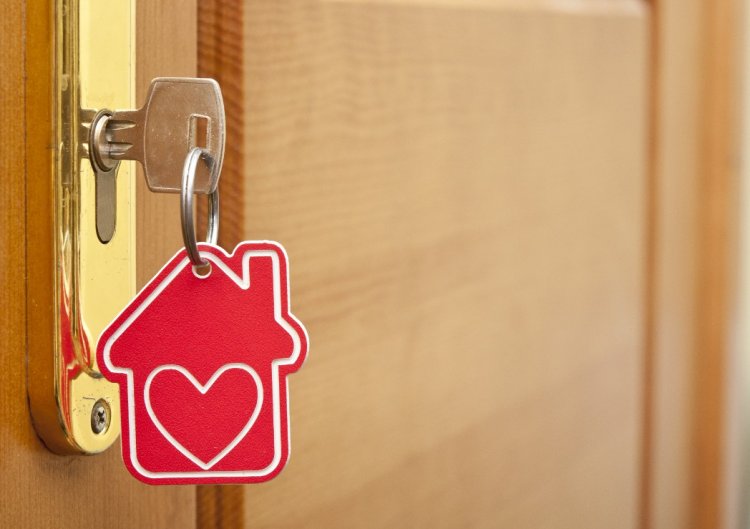
Of course, the right people need to be chosen for their specific tasks: a foreign minister needs to be sharp, fluent in foreign languages, diplomatic, and capable of developing good relationships with world leaders. A minister of the interior needs to be an expert on the needs of cities and settlements, must be able to work together with city leaders, and know how to allocate funding appropriately.
Both of these positions are essential for the effective running of a country. Each one, even though their tasks and skills are different, can assist and complement the other whenever necessary.
Now let’s substitute our cabinet members for husband and wife in marriage, and we will have a pretty good analogy. If a couple views the essence of marriage as two people filling identical roles, they, and their marriage, are doomed to fail, as our example of two presidents proves. As it says in the Talmud (Chulin 60:): “Can two kings wear a single crown?” God would not assign the same role to both people in a marriage. There is no such thing as an “identical” married couple, neither emotionally nor physically.
Even animals were created according to the specific needs of their species. For example, the eyes of prey animals, such as deer and zebra, are positioned on either side of their heads so that while they are eating, when their head is facing downward, they will be able to see if any predators are approaching and make their escape. Predators (lions, tigers, etc.) have eyes in the front of their heads in order to maximize their ability to hunt for food.
Similarly, herbivores have two long rows of molars in order to be able to grind their food properly, and their heads are longer in order to accommodate these long rows. Carnivores have sharp fangs to help them tear the flesh of their prey. Because they don’t require as many molars as the herbivores, their heads are rounder. And so it goes in the natural world.
If this is the case in the animal world, how much more so would the crown of Creation, the human being, be formed with specific and precisely designed tools to aid him in fulfilling his role in life. The male and female are given separate tools, tailor-made for their own gender. In order for a family to function properly, different “characters” are required. Every family needs one parent who is gentle, sensitive, and aesthetic, but they also need a parent with superior physical strength and a strong presence to protect the home and its members from external attacks. The roles are separate and different, but both are essential.
For this reason, God created one man (adam) comprising two parts: the stronger and more forceful male, and the gentler and more sensitive female. As it says: “Male and female He created them, and He blessed them, and He named them man (adam),” (Genesis 5:2).
We learn from this verse that the male and the female together are called “one person,” and while they are yet unmarried, they are never more than one-half an “adam,” or person, as it says in the Talmud (Yevamot 63a), “Any man who has no wife cannot be called man.”
We see that the natural state of a man’s body is stronger and sturdier than that of a woman. His voice his deeper, and his pattern of speech is generally abrupt and authoritative. His personality is more assertive; he is stronger and more stubborn. These traits enable him to carry out all the necessary functions required to provide external protection for his home and family, the “foreign minister” of the family. Women’s bodies are weaker, their sentences are longer and more flowery; their voices are thinner and softer. Women are more aesthetic, thoughtful, sensitive and flexible. Women need these qualities to manage the inner world of her family.
This is not to say that men cannot manage the inner world of the family, or women cannot manage in the outside world; rather, he has been given specifically external tools for that role, as the woman has received those tools needed to carry out her more internal role. He is more concerned, and suited to deal with external matters, and she is exquisitely designed to oversee internal matters. There are hundreds of proofs for this, and we will be discussing some of them later on. Keep in mind that neither of these sets of traits are exclusive. When one needs help carrying out a task, the other can and will come quickly to their aide.
Mutual Satisfaction
A married couple that has internalized the fact that they are not identical and do not, and are not supposed to, fulfill the same roles in their marriage and family, that they are in fact two halves of a whole being who are uniquely suited to successfully build a family, has already blazed the trail towards lasting shalom bayit. When each side acknowledges the specific needs of the other according to the nature he was created with, he knows exactly what he needs to do to nurture the other.
It is important to note that requesting assistance from the other doesn’t contradict the personality or the needs of the one providing the help. The ability to help is part of their nature in a wonderful way, so much so that he will find that the giving itself will bring its own satisfaction.
